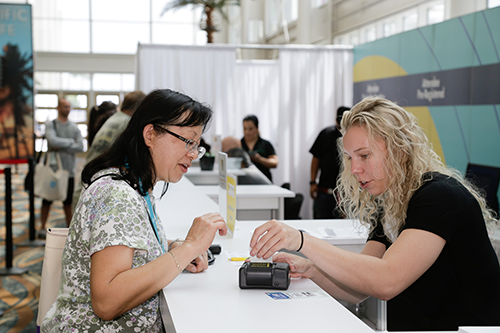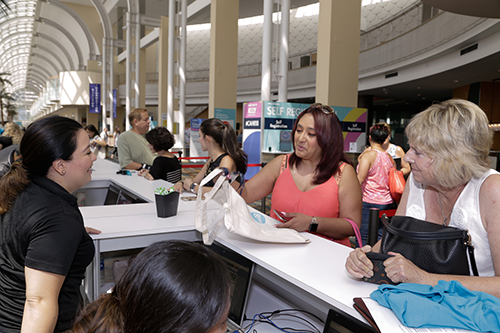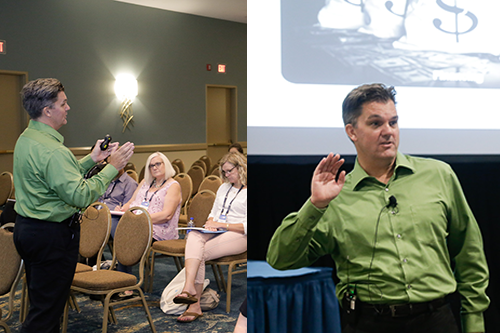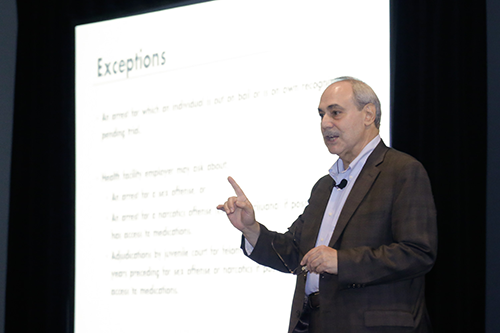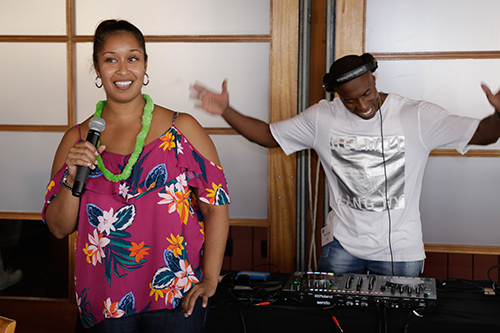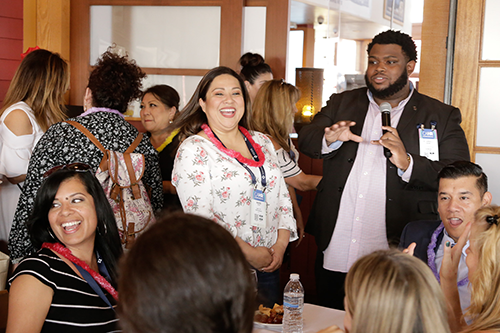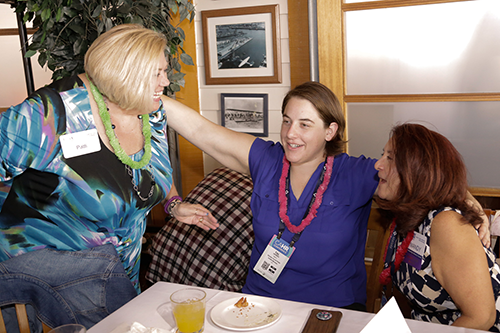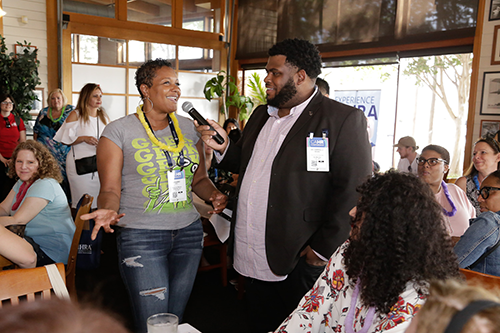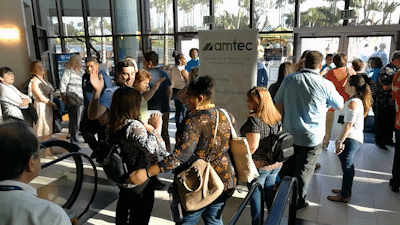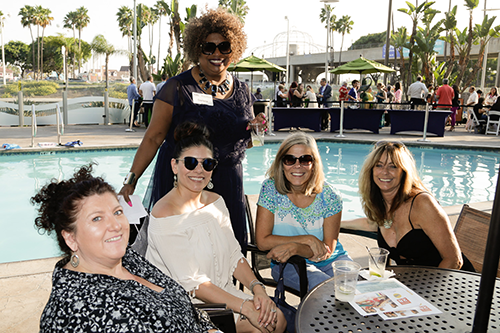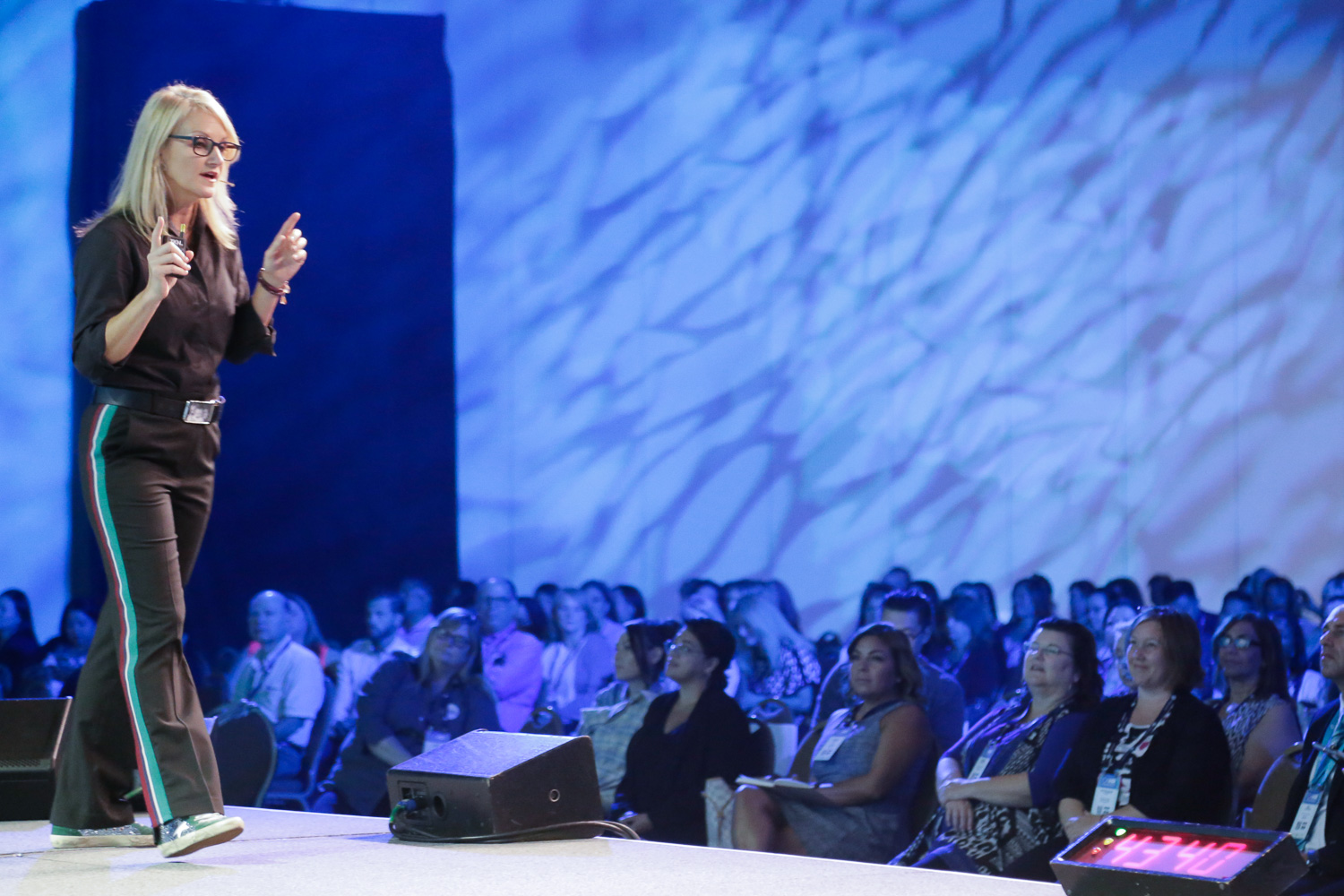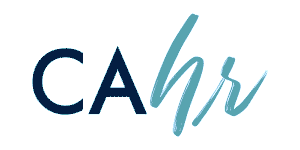Ruts and creative blocks, beware! Mel Robbins, expert on leadership and defeating doubt, Award-Winning CNN commentator, best-selling author, and motivational powerhouse, is coming to speak at the 2018 California HR Conference. She’s sharing her world-reknowned “5 Second Rule” to help audience members crush doubt and leave procrastination in the dust in all areas of life. Register for CAHR18 today so you don’t miss it!
CAHR: Your website mentions your TEDx Talk has been viewed over 13 million times in over 37 countries – and you’ve heard feedback from people who have applied what they learned. Have you heard from any leaders transforming their teams or their organizations using the 5 Second Rule? How has this tool impacted team morale and productivity?
Mel Robbins: I can’t wait for you learn about The 5 Second Rule at the California HR Conference in August. It’s an incredible tool that can help you take any area of your life to the next level. Since giving that TEDx talk, I’ve had over 100,000 people reach out to me about how the 5 Second Rule has transformed their lives and my book, The 5 Second Rule, has become one of the best-selling audiobooks of all time.
The 5 Second Rule is so powerful because bridges the gap between our thoughts and actions. Most of us already know what we need to do. We know we need to make changes in our organization. We know we need to pick up the phone and make that call. We know we need to show up at work with a different mindset.
Here’s the problem: knowing what to do will never be enough and knowing why you need to do it will never be enough.
What we need is something that’s going to launch us into a state of action. Because if you’re sitting around waiting for motivation, I’m here to tell you it’s not coming.
If you don’t start doing the things you don’t feel like doing, you will wake up one year from today and be in exactly the same place.
It’s not as simple as “just do it.” If it were that simple, we would all have everything we want. There’s something really foundational that has to happen before we can take action–and that is that we must learn to conquer our own feelings. This is where The 5 Second Rule comes in and why I’m thrilled to share it with the audience at the California HR Conference.
You can use the Rule to shake up your health, happiness, and relationships, but one of the most powerful ways to use it is at work.
We’ve heard from managers who have trained their sales teams to use it when making calls–and those teams have quickly jumped to #1 in the region.
Executives have reached out and shared how the Rule is helping them catapult their business to new heights by bridging the gap between thought and action.
People are using it to help them make important presentations, reach out to potential new clients, act on new ideas, stop procrastinating, speak up, and increase productivity.
CAHR: The priority level for most U.S. companies to retain and motivate a talented workforce is the highest it’s ever been. How can the 5 Second Rule help human resources professionals engage and retain talent in their own companies?
Mel Robbins: An incredible researcher at Harvard Business School named Teresa Amabile studied over 12,000 workday accounts to determine the single most important factor in employee productivity, happiness, and engagement.
The finding? The top factor that leads to a positive work life is celebrating the “little wins.”
It all comes down to progress–in particular, making meaningful daily progress and being celebrated for it.
We tend to think of “making progress” as accomplishing the big stuff. Getting a new account, giving a huge presentation, raising the money, releasing a new product, and so on. However, to get to those big moments, there are hundreds (and usually thousands) of hours of smaller tasks that lead up to the launch.
Instead of putting the attention on celebrating the big moments, it’s even more important to emphasize the daily progress that is made with each small task that’s part of the whole. There are a number of ways that you can start applying the Progress Principle to your company.
The first is to train your managers to be generous with their praises when a task–no matter how small–is accomplished. When the little wins are recognized, productivity and morale increases.
If this is a huge shift, it will require some getting used to–and there is where the 5 Second Rule comes in. When you have an instinct to applaud the progress of someone else, without hesitating, count 5-4-3-2-1 and go do it.
Another thing you can do is encourage all employees to keep track of their daily wins with a “did-it list,” which is the opposite of a to-do list.
If people share their daily wins publically, it also encourages celebration of progress.
My own team uses a project management software that, at the each of each workday, prompts every employees to make a list of what they accomplished that day. There is also space for other employees to comment (and applaud) others’ daily accomplishments.
If you can make the Progress Principle a core part of your company’s culture, you will also have a much easier time attracting the best talent because you can emphasize that this is part of your company’s ethos.
In the same vein of the Progress Principle, it’s very important to “be a fan.”
When things start rolling off the tracks, check in with your teammates and employees and be their fan, listen to where they need support, and never stop reminding them just how important they are. If your company can master the art of “being a fan,” you will retain all of your best employees–and have them excited to come to work each day.
When employees don’t feel valued or appreciated, they are much more likely to leave a job and seek out another one in which they will be valued.
You can use the 5 Second Rule to 5-4-3-2-1 make it a habit to celebrate the people in your company and let them know that they matter.
CAHR: A 2015 SHRM Survey of employees showed that feeling valued and appreciated, as well as passionate and purposeful, were top indicators in job satisfaction. How do you think the 5 Second Rule could improve job satisfaction at companies?
Mel Robbins: In addition to encouraging employees to tap into the Progress Principle (described above) and celebrate their daily progress, another way to improve job satisfaction is by teaching people to use the 5 Second Rule each day.
After you return from the California HR Conference, you’ll be an expert on The 5 Second Rule.
You’ll be able to take it back to your office and teach it to the employees in your workplace.
When employees are empowered to use The 5 Second Rule, it becomes easier for them to move from thought to action and to increase their visibility at work.
At work, you tend to only get credit for what people see. It’s harder to be valued and appreciated when your managers and fellow employees don’t hear your ideas or see what you’re working on.
We’ve found that The 5 Second Rule is particularly effective in helping people to engage in high visibility behaviors, like speaking up at meetings, sharing their opinions, and volunteering for new projects that play to their strengths.
When people have the courage and confidence to express themselves, they often become more engaged at work. There is also a large body of research that shows using your “signature strengths” makes you happier and gives you more energy.
CAHR: How do you envision the 5 Second Rule shaping the future of the workforce?
Mel Robbins: As people learn the 5 Second Rule, they gain the ability to move from thought to action.
Beyond becoming more confident and courageous, people who use the Rule get more done at work, act without hesitation, become more productive, and have better control over their thoughts.
The 5 Second Rule has the potential to shape the workforce by pushing more people to share and act on their ideas that they ordinarily may have kept quiet.
Many of us have good ideas or insights–but we’re never going to feel like acting on them.
As people start using the Rule to 5-4-3-2-1 speak up more in meetings, stop analyzing every email, and start working instead of procrastinating, a shift happens inside.
For those whose jobs involves selling, the Rule allows you to 5-4-3-2-1 through the mental dread and switch gears and pick up the phone. And, if you are in a customer facing role and you feel your nerves or anger rising, the Rule will 5-4-3-2-1 stabilize your physiology and thoughts and give you the ability to self-monitor.
CAHR: What makes you excited about sharing The 5 Second Rule with thousands of HR professionals and business leaders? What is the key take away for HR and business leaders from your talk?
I’ve spoken about The 5 Second Rule to people in every single industry you can imagine. My favorite thing about this Rule is how universal–and effective–it is.
Right now, consider how often you hold yourself back and rob yourself of opportunity and joy.
For years, I lived my life in my head. I’d think about the things that could improve my life or get me closer to my dreams–like exercising, looking for a job, sharing my ideas, starting to work on something important, sending an email–but moving from thought to action seemed impossible.
Here’s the problem–thinking about change won’t change you.
To change, you have to take action.
To improve anything, you have to find your courage to try.
How many times today have you said to yourself, it can wait, I’ll do it tomorrow, I don’t feel like it, I’m not ready? We all do it. It’s easy to procrastinate, over think, worry, and doubt yourself. I did it for years. It was a habit.
That’s where the 5 Second Rule comes in. It will teach you to move from thinking about the fears that hold you back to taking the actions that will improve your life. You change your life one five second decision at a time. It’s a fact.
You can’t always control what you feel, but you can always make a decide to act.
And the more you use the Rule, the faster you’ll build confidence, momentum, and the results that you want.
By the end of my presentation, you will know exactly how (and when) to apply the Rule in order to take your life to the next level.
CAHR: We were struck by your quote, “If you don’t start doing the things you don’t feel like doing, you will wake up one year from today and be in exactly the same place.” Many human resource professionals simply have too much on their plate to enact new plans and lead strategically. For those who are bogged down by compliance with shifting laws and regulations, managing employee relations, and putting out fires, how would you describe The 5 Second Rule as a driver of strategy and innovation?
Mel Robbins: One of the most powerful ways to use The 5 Second Rule is to help you manage your attention.
We’re surrounded by a wealth of information, resources, connections, products, information, and more–and it’s all right at our fingertips.
We’re also inundated with distractions. On top of everything you’re juggling at work, from putting out fires to dealing with compliance, your attention is being pulled in a million directions by social media, the internet, and very smart marketers who are vying for your attention.
It’s easier than ever to learn whatever skill we want or to implement new ideas. But it’s also harder than ever to focus and engage in deep work and lead strategically. If you want to get serious about taking your life and work to the next level, you must protect your attention.
The best way to implement this is to start by making the first hour of your day solely your own. If this requires that you wake up earlier, then do so.
Often, during the workday, we’re putting out fires and checking boxes on our to-do lists–keeping us from moving the ball down the field on meaningful projects.
During this first hour, focus all of your attention on the work that matters most to you. Turn off your notifications, don’t check your email, and keep all distractions to a minimum. Use The 5 Second Rule as often as needed to keep redirecting your focus back to the work at hand.
Then, after your uninterrupted time, open up your email. Put your own needs first before you go into a reactionary, putting-out-fires mode.
Taking uninterrupted time in the morning has been an incredible game changer for my productivity and output–and I know it will have the same effect for you.
Come see Mel Robbins speak at the 2018 California HR Conference to gain full insight on how the 5 Second Rule can change your life!

